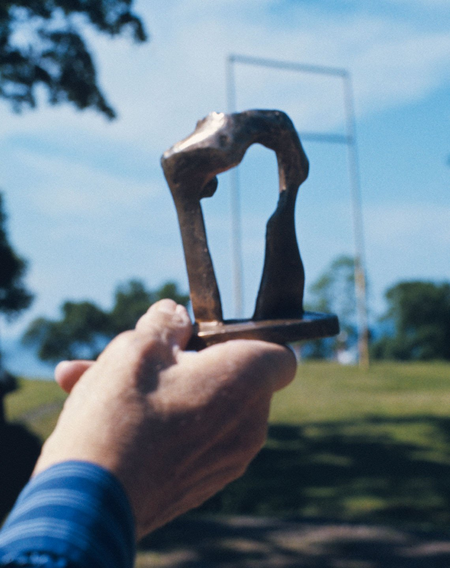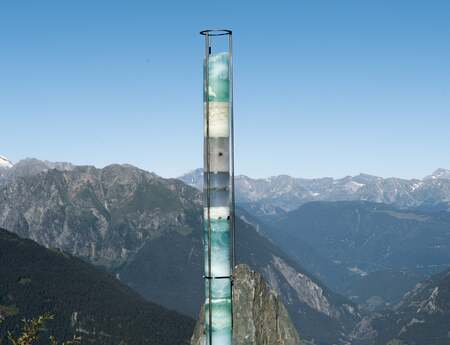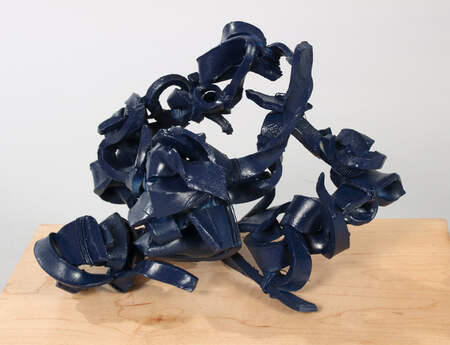Sophie Azzilonna
71 Rue de la Fontaine Blanche Rue des Capucins
29800 Landerneau
France
Henry Moore
From the very early drawings from the 1920s to the monumental sculptures from the 1980s, this exhibition will cover a large scope of the work of one of the most influential sculptors of the 20th century.
Henry Moore was the first British artist to become a global star in his own lifetime. His art has come to epitomise post-war modernism, and initiated a sculptural renaissance in Britain which continues to this day. Moore’s sculptures are prominently displayed in cities and museums around the world, and their organic forms continue to attract ever larger audiences and inspire new generations of artists. This exhibition charts Moore’s extraordinary life and career through a selection of some of his most famous and influential works.
From the beginning of his career the human figure was always at the centre of Moore’s art. As he declared in 1961, "the human figure is both the most exacting subject one can set oneself, and the subject one knows best." Its construction, variety of balance, size and rhythm offer virtually endless formal opportunities, which Moore developed throughout his career focusing on three key themes: the reclining figure, the mother and child and the
internal/external form.
The development of these key themes throughout Moore’s career can be followed through the exhibition, which illustrates how Moore’s style evolved in response to a wide range of stimuli and ideas before the Second World War, and then settled into an original language, which came to be recognised by audiences around the world, based on the exploration of the human figure through a combination of organic and abstracted forms.
We will thus discover a set that brings together more than 100 sculptures (plasters, bronzes, wood, stones) and 80 drawings. Works realized from the years 1920-1930, his Shelter drawings made during the Second World War, an important selection of models from his studio, his major architectural projects including the Wall Relief No.1 of Rotterdam, a series dedicated to Stonehenge, and many sculptures that have contributed to his international fame. Among these arts are the outstanding plaster model painted by Moore of the Reclining figure festival created in 1951 for the Festival of Britain, the Family Group (1948-49) a work that synthesizes his post-war research, and monumental works such as the Locking Piece (1962-63), until you arrive at one of the most remarkable sculptures of his last period, the Reclining Figure: Holes (1967-78), made of elm wood, which ends the exhibition.


